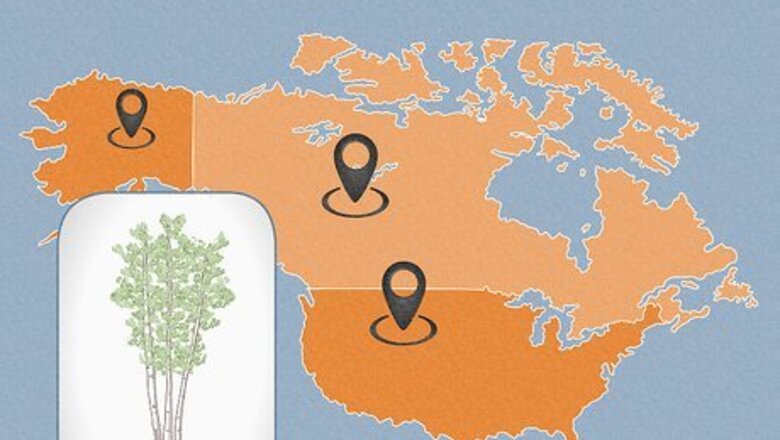
views
Paper Birch (or Canoe Birch)

Know where this variety is located. Paper Birch, also often called “the White Birch of the North”, is often found in Northern North America, in open woods and riverbanks. Fun Fact: The wood of Paper Birch has been used for birchbark canoes and the bark of Paper Birch is used for baskets, trays, and even dishes.
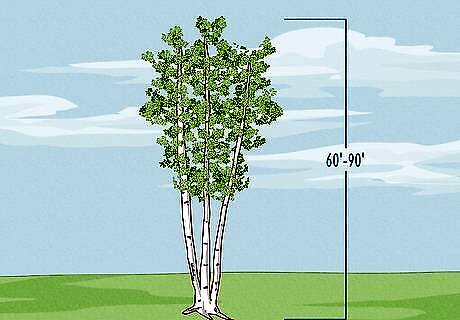
Take note of the tree's size. Paper Birches grow to be very tall varying around 60 to 90 feet (and sometimes up to 100 feet) at full maturity. They have a circular top and many broad and thick branches as well as narrow twigs.
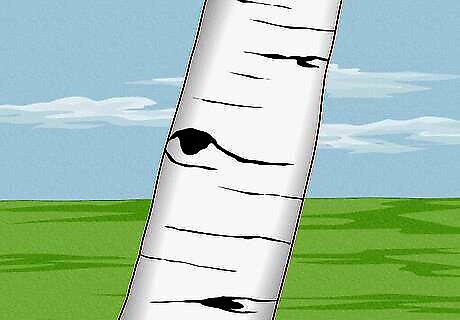
Look at the bark and trunk. A Paper Birch’s bark texture is smooth and the texture kind of feels like cork. It has a combination of light gray and white colors and has small splotches of light brown. The bark is often easy to peel off and is a good fire starter.
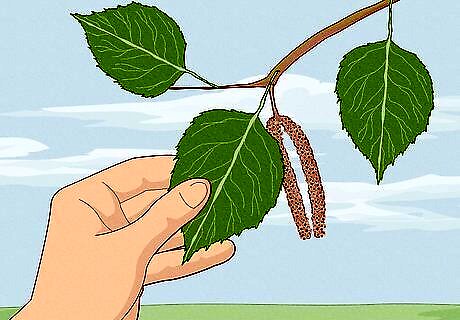
Inspect the leaves and flowers. The Paper Birch’s leaves are oval-shaped, about 2 to 5 inches long, and coarsely toothed. Paper Birches have dark brown Catkin flowers that are about 1 to 2 inches for female catkins and 1.9 to 3.9 inches for male catkins. Catkin is a dense, drooping, cluster of flowers. They vary from many colors including green, brown, and yellow among others. There are both male and female catkins.
Gray Birch
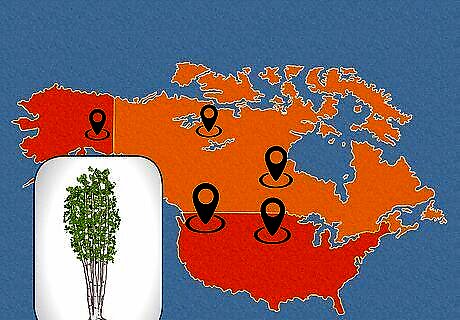
Understand this variety's location. The Gray Birch is a Northern tree, so, it is often found in the northern areas, but can be found almost anywhere else.

Check the size. The Gray Birch grows to be between 20 and 40 feet tall, the smallest of all birches. They also often grow in clusters or thickets.
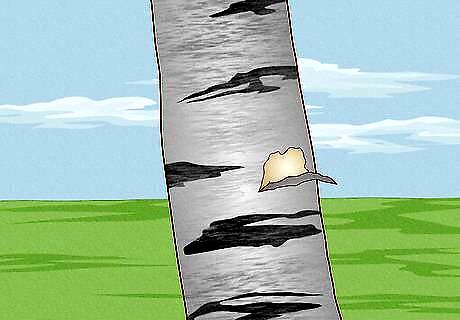
Examine the bark and trunk. The Gray Birch has thin and easy-to-peel off bark, similar to Paper Birch. The color is a mixture of gray and white.
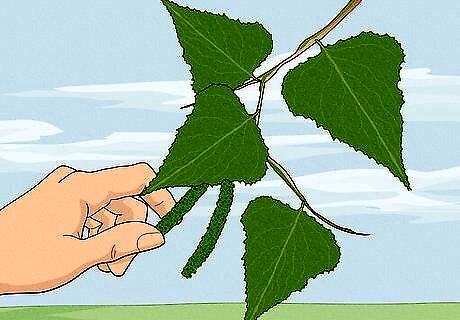
Analyze the leaves and seeds. The Gray Birch’s dark green leaves grow to be between 2 and 5 inches long. The dark and light green flowers, (which are catkin), grow to be between 2 and 3 inches long, but vary.
White Birch
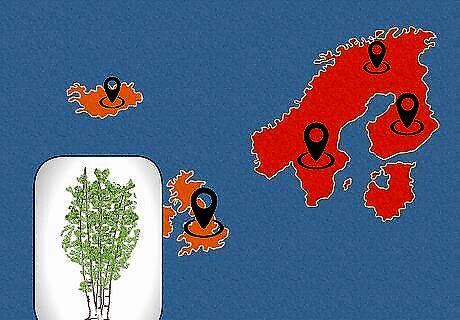
Acknowledge the location of the tree. White Birch is most commonly found in Northern Europe. The White Birch prefers medium to wet, well-drained sand and lots of sunlight. Fun Fact: White Birch’s bark used to be to make bowls, spoons, shoes, and made brooms from twigs.

Consider its size. The White Birch grows to be between 50 and 70 feet tall, however it can grow larger depending on the tree’s location and parents. It has low hanging branches and is similar looking to the Gray Birch.

Notice the bark and trunk. A White Birch’s bark is very similar to a Gray Birch’s bark, but the White Birch’s bark is thicker and less smooth. The bark is white (hence the name). The bark, like the Paper Birch’s is easy to pull off.
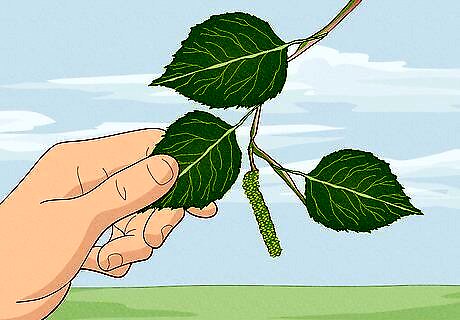
View the leaves and seeds. The White Birch’s leaves are about 2 to 3 inches long and are often a dark green color. The brown and yellow flowers, (which are catkin), grow to be between 2 and 3 inches long, but vary.
Yellow Birch
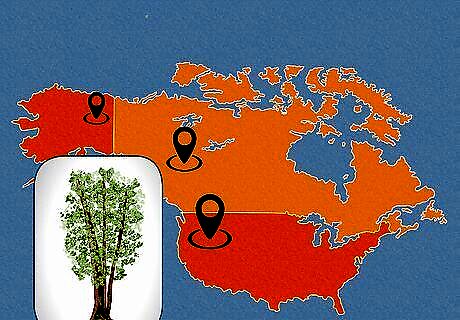
Take the location into account. Yellow Birch, like the Paper Birch, is a northern or mountain tree, meaning it is often found in the Northern area (especially near or on mountains) of the US and Canada, however, they can be found almost anywhere. They prefer to be open woods in well-drained soil. Fun Fact: The wood of a Yellow Birch is often used for furniture, woodenware, plywood, and even boxes.
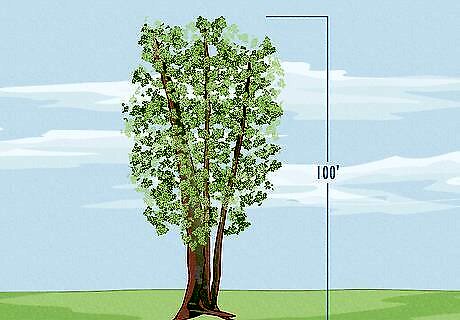
Be aware of the size. Like the Paper Birch, the Yellow Birch is one of the larger birch trees, growing up to be about 100 feet high with a rounded top and low-hanging twigs.
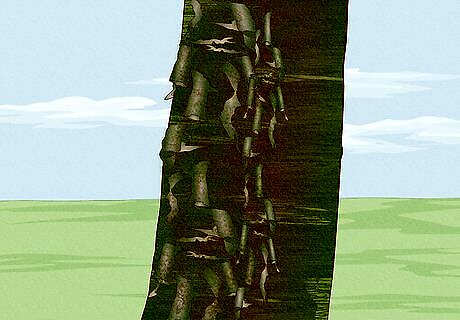
See the bark and trunk. The bark of a Yellow Birch is easy to peel into thin, curly, and silver-yellow strips. The bark of the Yellow Birch is dark green, brown, and has a slight silver color.

Spot the leaves and seeds. The leaves are oval shaped, 3 to 4 inches long, double toothed, and have a wintergreen scent. The seeds (which are catkin) are 1.5 to 3 centimeters long, brown and yellow, and curve slightly at the top.
River Birch (or Red Birch)
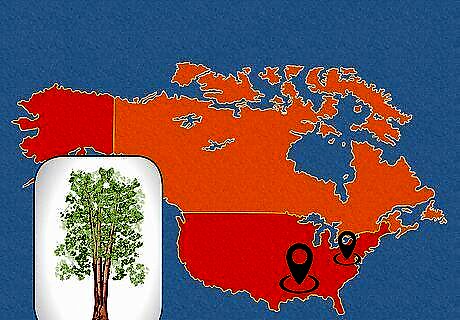
Consider the tree's location. River Birch is the only Birch tree species common in the southern US, although they can be planted anywhere in the US. River Birch prefer moist soil and generally grows along riverbanks, which is why they are named River Birch.

Take a look at the size. River Birch grows from 50 to 80 feet tall when they reach full maturity, have short branches, and thin twigs. Their height increases anywhere from 13 to more than 24 inches per year.
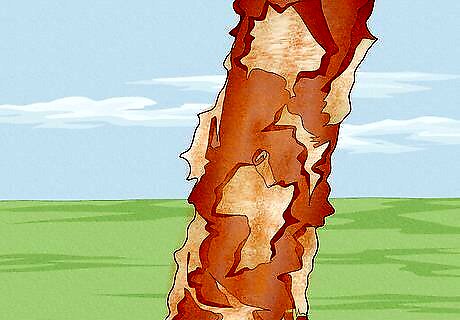
Check the bark and trunk. The bark of a River Birch has a reddish-brown color and curves into thin sheets on young trunks and breaks into shallow plates on older trunks.
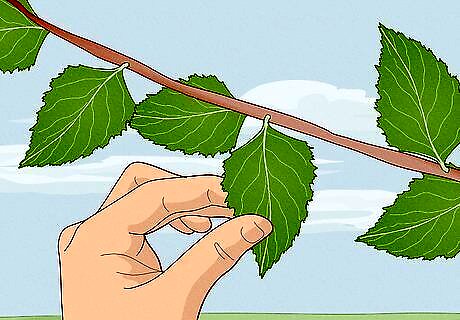
Inspect the leaves. River Birch is deciduous and has leaves that are 1 to 3 inches. The leaves are double-toothed and are deeply indented. In fall, they turn a dull yellow color.
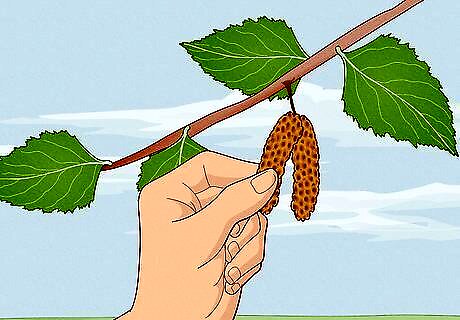
Notice any flowers. River Birches have yellow and brown Catkin flowers that are about 2 to 3 inches long opening in spring before the leaves, and are found on most Birch trees. The fruit looks like a small, green, pinecone with a pointed end. They kind of look like weird caterpillars and contain pollen.
Sweet Birch (or the Black/Cherry Birch)
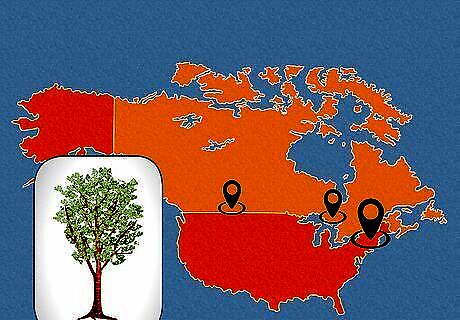
Know of this variety's location. Sweet Birch is often found in the northeast of the US and southern Canada. It prefers well-drained upland soil and lots of sunlight. Fun Fact: The small twigs are edible and sweet.
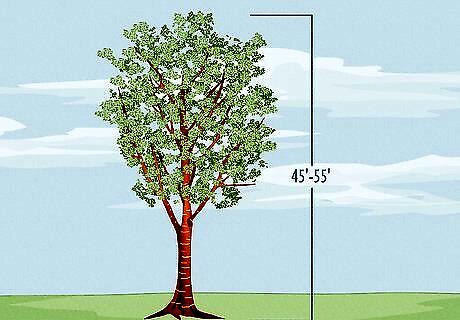
Take the size into account. The Sweet Birch grows to be about 45-55 feet tall and 35-45 feet wide in landscape settings and 75-80 feet tall in the wild.
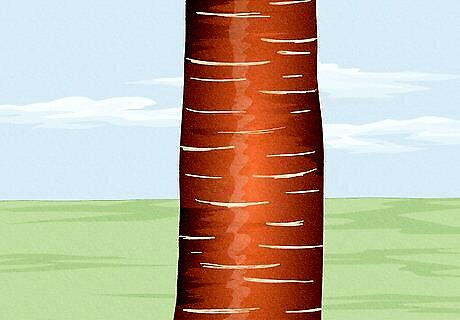
Examine the bark and trunk. The Sweet Birch’s thick bark has a dark brown and black color which is why it is known as Black Birch. Fun Fact: The Sweet Birch has been used to imitate mahogany, but now is used as itself.
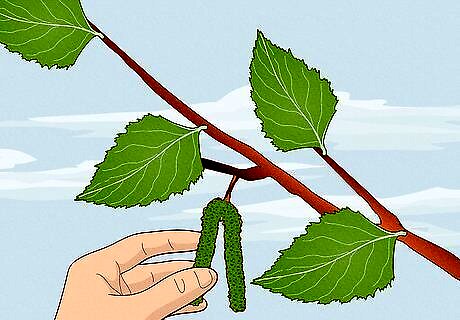
Analyze the leaves and seeds. The leaves grow to be between 2 and 6 inches long, are finely toothed, and look very similar to the Yellow or River Birch’s leaves. The light and dark green catkin flowers grow to be about 3 to 4 inches long. Fun Fact: The sap of Sweet Birch’s was once used to make birch beer.
















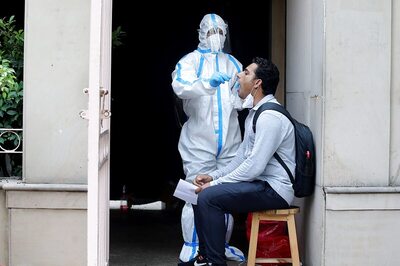


Comments
0 comment